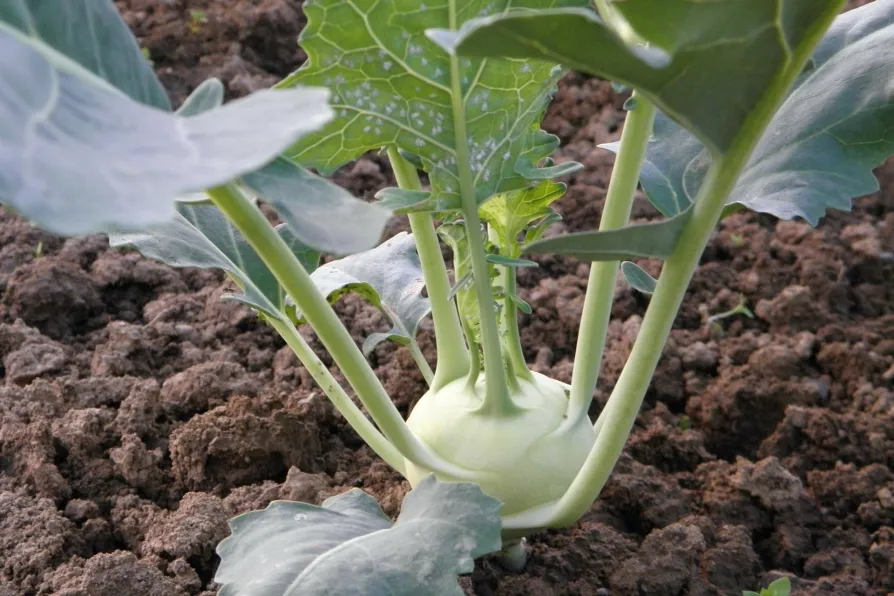Once the bustling heart of Christian pilgrimage, Bethlehem now faces shuttered hotels, empty streets and a shrinking Christian community, while Israel’s assault on Gaza and the tightening grip of occupation destroy hopes of peace at the birthplace of Christ, writes Father GEOFF BOTTOMS
The sputnik-shaped veg that’s easy to grow
MAT COWARD explains how to cultivate a tasty crop of kohlrabi that’ll be ready to eat by midsummer

 Kohlrabi
Kohlrabi
ONE of those vegetables that appears in all seed catalogues, but rather fewer gardens, kohlrabi is the Sputnik-shaped brassica that produces a ball of crisp, juicy, sweet flesh on its stem, just above the soil.
It’s relatively easy to grow and yields a decent amount of food for the space and time it takes up.
It’s also an easy crop to find uses for, cooked as a root vegetable or grated in salads.
Similar stories

MAT COWARD sings the praises of the Giant Winter’s full-depth, earthy and ferrous flavour perfect for rich meals in the dark months

MAT COWARD presents a peculiar cabbage that will only do its bodybuilding once the summer dies down

MAT COWARD battles wayward pigeons in pursuit of a crop of purple sprouting broccoli

Although there’s not much growing in the garden in January, globe artichokes are worth a try if you follow these tips from MAT COWARD










